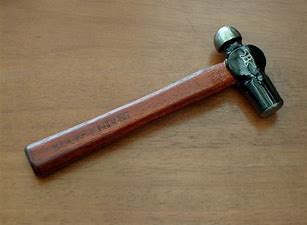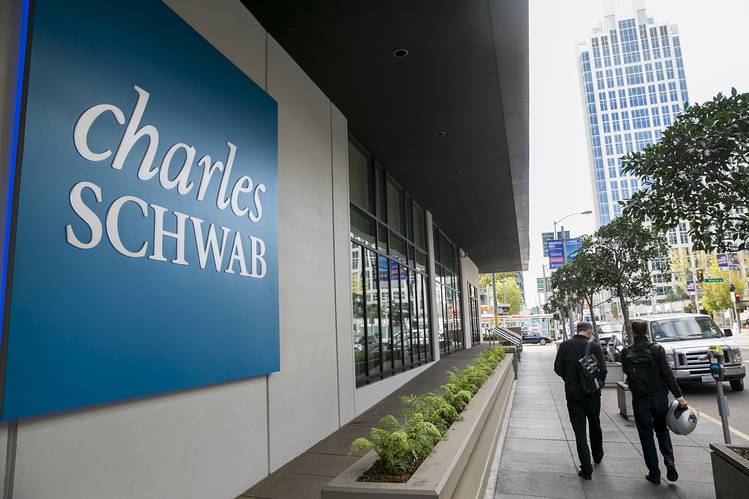A Brand Plan Example.
I often use an example of my brand planning rigor when explaining to prospects how I work and what I create. Brand plans are many things to many different people. Mine contain one claim and three support planks. The example:
For a commercial maintenance company, one that does office cleaning, building upkeep, snow removal and lawn service among other things, the claim is “the navy seals of commercial maintenance.” This is strategy remember, not a tagline or creative. The support planks are: fast, fastidious and preemptive. These are qualities buyers want. These are also things the company is good at.
Clients, big and small, often get the outbound nature of the plan, seeing how this organizing principle can drive communications. Yet sometimes they have a hard time seeing how it can influence the company internally. For a C-level executive or a marketing person who is truly influencial in the product, the internal part of the equation is easily understood. For this level thinker it’s easy to see how one can productize and build experiences around the brand planks — that’s what they are for.
Back to the example — anyone can say they are fast, and in commercial maintenance most do. Anyone can say they are fastidious and many do, using words like “attention to detail.” But preemptive, that’s not so common. Taken together this value prop is unbeatable. And by proving these qualities every day, not just saying or printing them on a website, it is business-winning. Claim and proof…ladies and gentlemen I give you a brand plan.
Peace.








